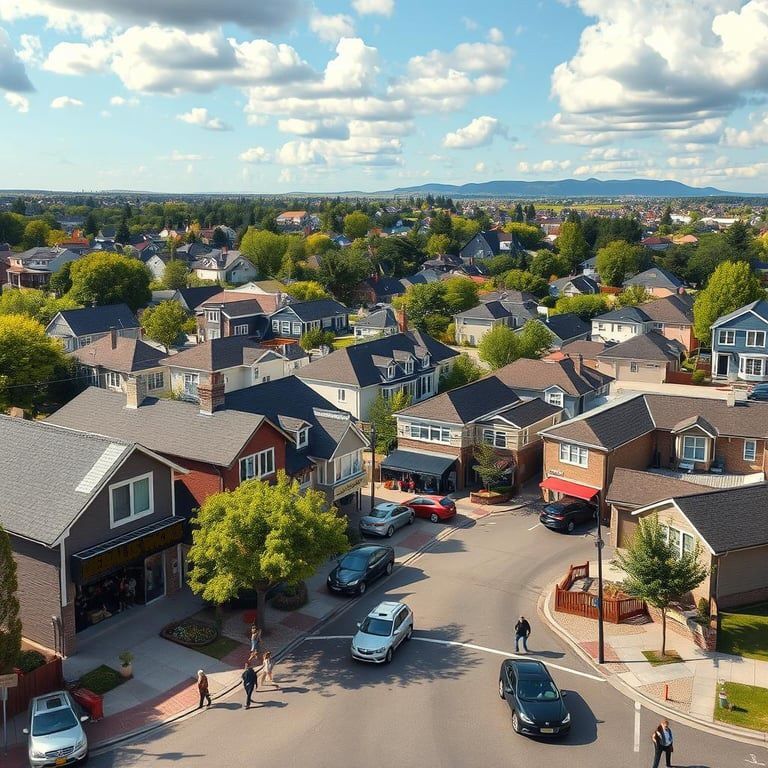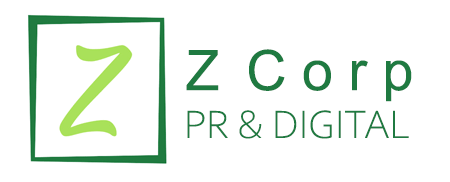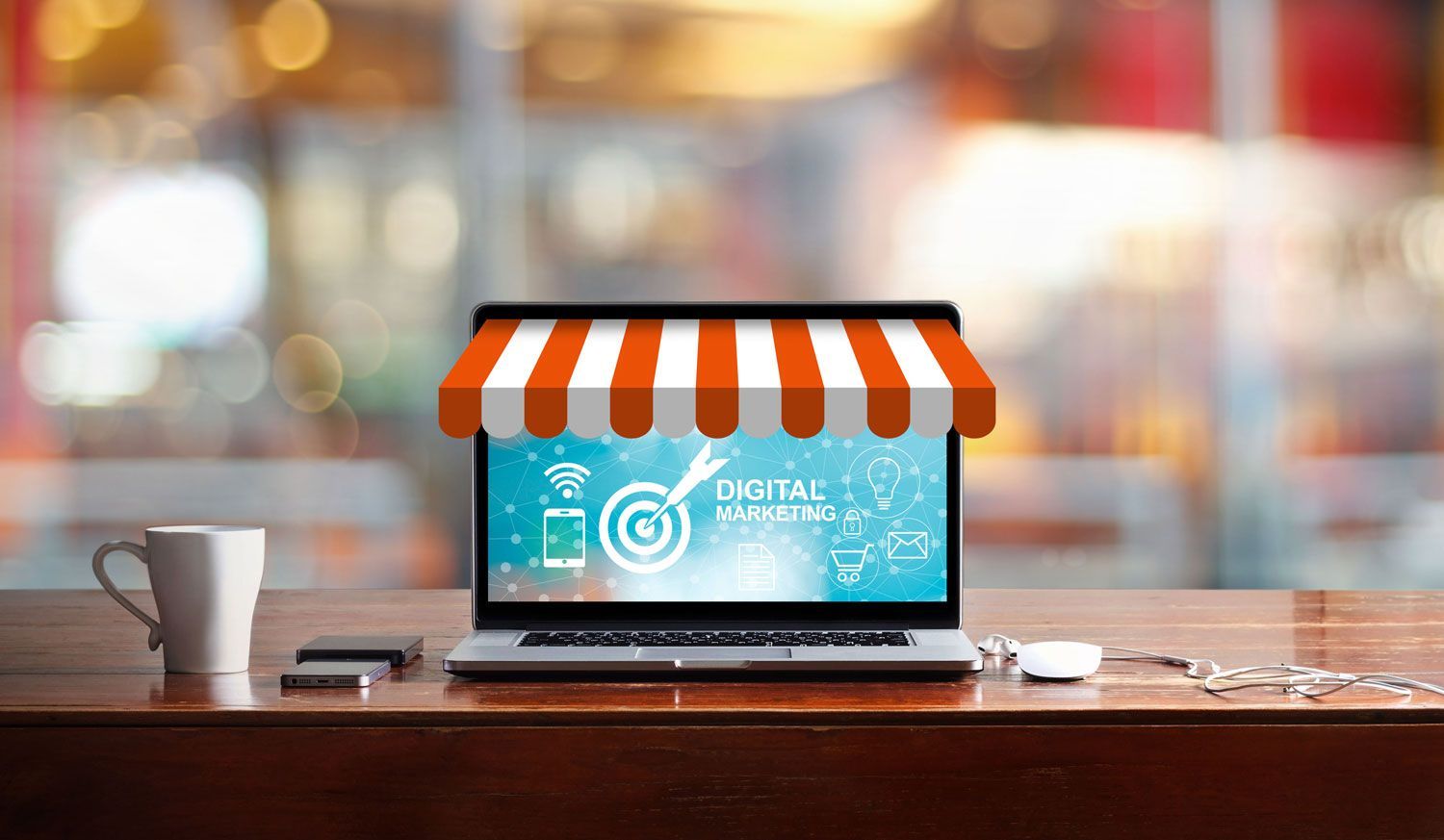Event marketing in the digital age
Powerful strategies are available to marketers today

In an increasingly connected world, event marketing has undergone a significant transformation. Gone are the days of relying solely on traditional methods such as print advertisements, flyers, or word of mouth. The digital age has ushered in innovative strategies that allow marketers to engage audiences, build brand awareness, and drive participation like never before. Here’s a guide to mastering event marketing in the digital era.
The evolution of event marketing
Traditionally, event marketing focused on physical presence and direct engagement. While these remain critical, the digital age has expanded opportunities by introducing virtual events, hybrid models and enhanced promotional tools. Today, marketers can leverage digital platforms to amplify their reach, foster community engagement and create memorable experiences for attendees.
Key components of digital event marketing
1. Strategic use of social media
Social media platforms have become indispensable for promoting events. From creating buzz with teaser posts to running targeted ads, platforms like Facebook, Instagram, LinkedIn and X offer powerful tools to attract and engage your audience. (Don’t forget to use event
hashtags to encourage attendees to share their experiences.)
2. Optimized event websites
An event’s website serves as its digital headquarters. Ensure it’s visually appealing, easy to navigate and optimized for mobile users. Include all necessary details, such as event schedules, speaker profiles and registration links, and integrate SEO strategies to increase visibility in search engines.
3. Email marketing campaigns
Email is still a powerful tool for promoting your events. Personalized invitations, follow-ups, and reminders can keep your audience informed and excited. Segment your email lists to tailor content for different attendee groups, such as first-time participants or VIP guests.
4. Virtual and hybrid event options
The rise of virtual platforms has made it possible to connect with global audiences. Offering live-streamed sessions, interactive webinars, or hybrid models can enhance accessibility and broaden your event’s reach. Use tools like Zoom, Microsoft Teams or specialized event platforms to ensure seamless experiences.
5. Data analytics and insights
Leverage analytics tools to monitor registration numbers, engagement levels, and attendee feedback. Platforms like Google Analytics, social media insights, and CRM systems can provide valuable data to refine your strategies for future events.
Tips for engaging digital audiences
- Create interactive content: Polls, quizzes and Q&A sessions can foster real-time engagement.
- Use video marketing: Short, compelling videos can generate excitement and showcase event highlights.
- Collaborate with influencers: Partnering with industry influencers can extend your event’s reach to their followers.
- Leverage user-generated content: Encourage attendees to share photos, testimonials or posts about your event.
Measuring success
Digital tools make it easier to track key performance indicators (KPIs) such as:
- Registration and attendance rates
- Social media engagement (likes, shares, comments)
- Website traffic and conversion rates
- Post-event surveys and feedback
Analyze these metrics to evaluate your event’s effectiveness and identify areas for improvement.
The future of event marketing
As technology evolves, so will event marketing. Augmented reality (AR), virtual reality (VR), and AI-driven personalization are poised to revolutionize how we plan and execute events. Staying adaptable and embracing innovation will ensure your events remain relevant and impactful.
Conclusion
Event marketing in the digital age is about more than just leveraging new tools. It’s about creating meaningful connections in an increasingly virtual world. By blending traditional strategies with modern technology, marketers can craft memorable experiences that resonate with their audience and achieve their goals.
Embrace the possibilities of digital platforms, and your next event could reach unprecedented heights.




New Paragraph





